© ROOT-NATION.com - Use of content is permitted with a backlink.
Nuclear waste. We’ve all heard of it, but what exactly is it, and why is it so important? Is it an issue without a solution? How big of a problem is it? Today, you’ll find out.
The term “nuclear waste” often conjures up images of rusted tanks leaking glowing green radioactive material into rivers and soil, causing cancer and diseases in nearby cities—or perhaps mutated creatures wreaking havoc, destroying these cities.

However, as the world moves towards reducing its reliance on fossil fuels, nuclear energy will play an increasingly significant role in the global energy mix. This makes it important to go beyond popular portrayals and understand what nuclear waste really is, what risks it poses, and how it can be managed.
Read also: End-to-End Encryption: What It Is and How It Works
What is nuclear waste?
In simple terms, nuclear or radioactive waste refers to byproducts from the operation of nuclear reactors, fuel reprocessing, weapons production, medical facilities, and research labs. However, this term covers a wide variety of waste types. What makes nuclear waste unique is that its properties change significantly over time, transitioning from one form of waste to another.
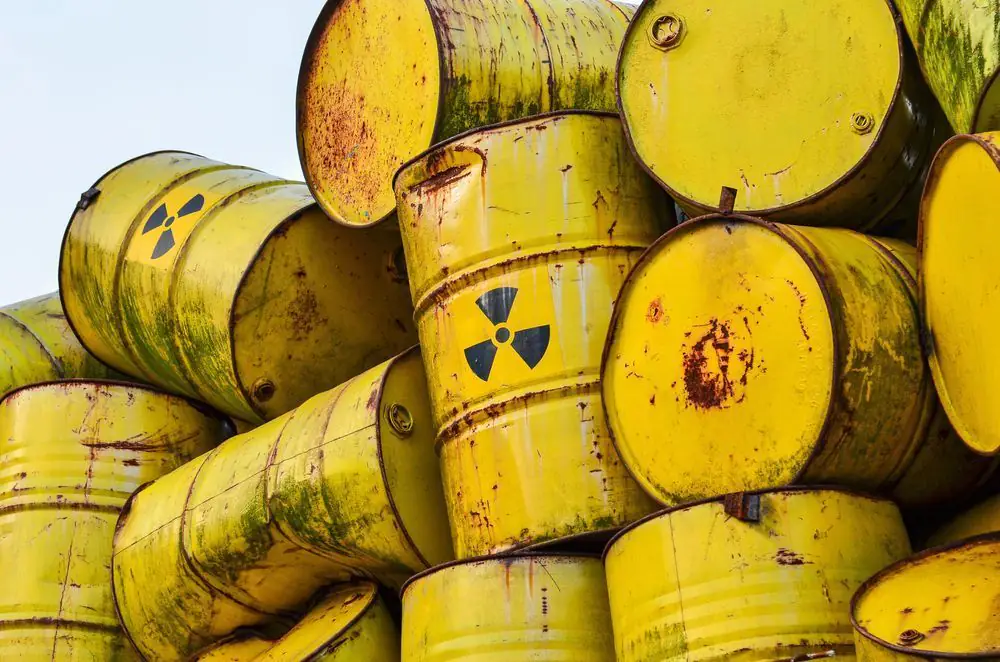
So, the answer is not simple, but perhaps the best place to start is with the most familiar and serious form of nuclear waste: high-level waste, which is produced by the operation of civilian nuclear reactors.
How nuclear waste is produced
In most nuclear reactors, the fuel is contained in fuel rods heat release elements. These rods consist of a fuel core, a radiation-resistant metal cladding, and end caps. The type of fuel rod depends on the reactor type, its intended purpose, and the coolant parameters. In most modern industrial reactors, the fuel rod is a cylinder about 2 cm in diameter and several meters long. These rods contain enriched uranium with a high concentration of the fissile isotope uranium-235. The elements are placed inside metal alloy tubes, forming the rods, which are then grouped together into bundles. Collectively, this assembly is referred to as a fuel assembly.
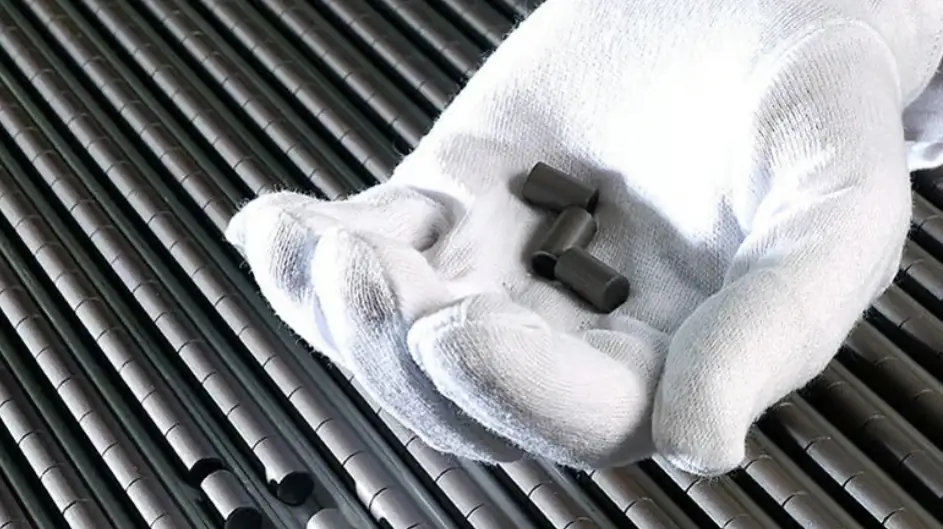
The operation of a nuclear power plant is based on a chain nuclear reaction. First, nuclear energy is converted into thermal energy, then thermal energy into mechanical energy, and finally mechanical energy into electrical energy. The conversion of nuclear energy to thermal energy occurs in the reactor’s core, where the fission of uranium releases a significant amount of heat. The fuel for the reactor is enriched uranium, which is contained in the fuel rods.
The uranium in the fuel rods is a radionuclide—a substance with an unstable nucleus, which gives it the ability to undergo radioactive decay. As the nucleus decays, it splits into two fission fragments, releasing energy and generating between 1 and 8 neutrons. These neutrons, moving at high speeds, collide with neighboring nuclei, triggering subsequent fissions. If the fuel concentration is high enough, this leads to a self-sustaining nuclear chain reaction.
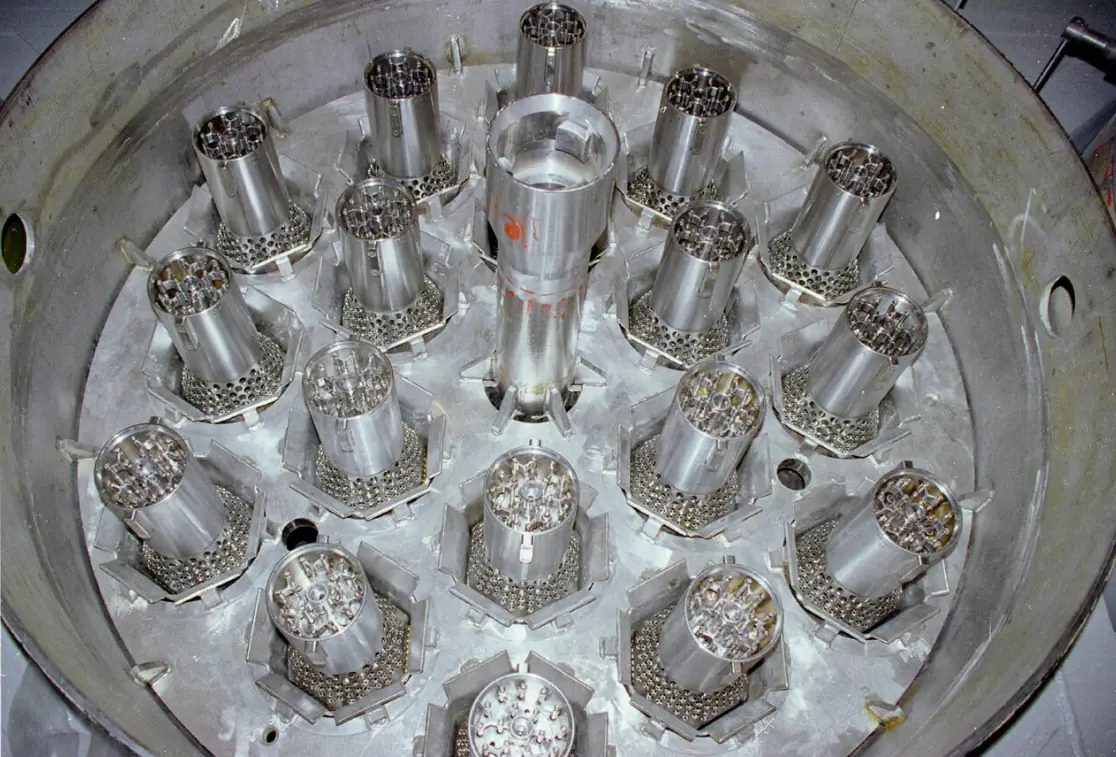
The fission fragments produced have a high kinetic energy, which is converted into heat through collisions with atoms of other elements—a process known as thermalization. This heat is carried by the coolant, typically purified water, which is pumped into the steam generator by the main circulation pumps. The primary coolant circuit of the reactor system includes the circuit itself, the pressure compensation system, and the main circulation pumps, which are designed to ensure the circulation of the coolant through the reactor core under the operating conditions specified in the design. The coolant that comes into contact with the fuel assemblies becomes radioactive, so it is contained within the first circuit and does not directly interact with the secondary circuit.
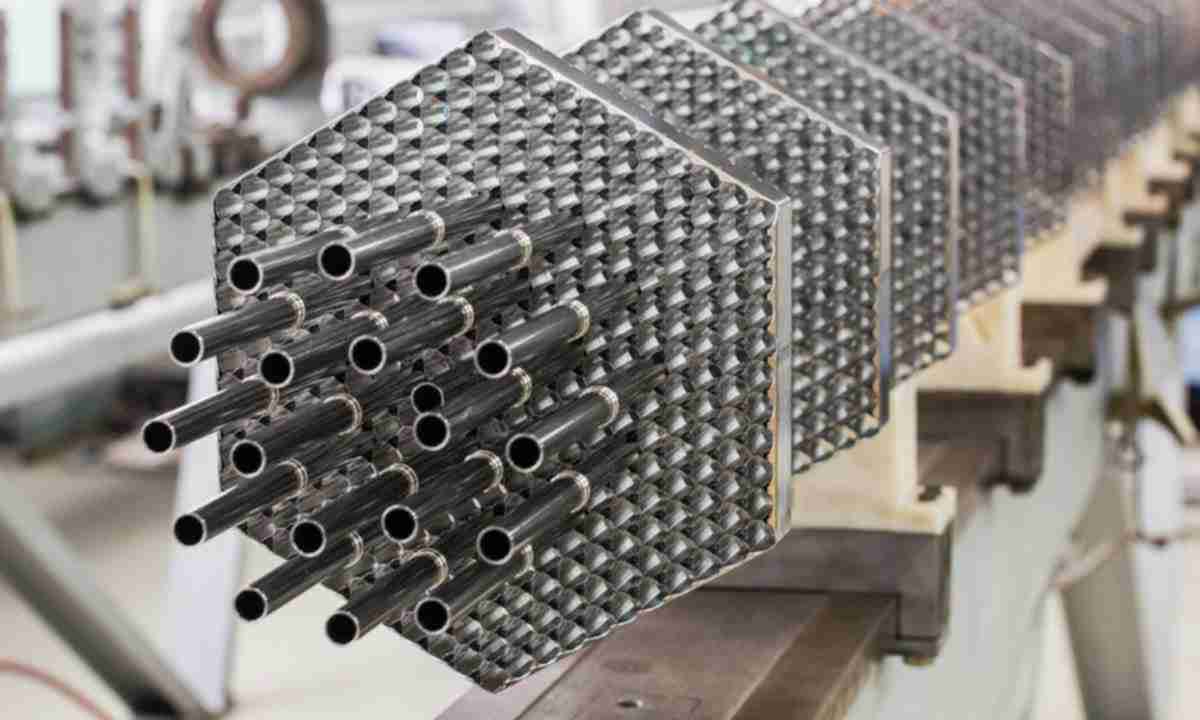
Water from the closed primary circuit in the steam generator transfers its thermal energy to the coolant of the secondary circuit—ordinary purified water—which causes it to boil. The cooled coolant is then pumped back to the reactor, completing the cycle. The steam produced in the steam generator is directed through the secondary circuit’s pipes to the steam turbine, where it spins the turbine blades. This is how thermal energy is converted into mechanical energy. Simultaneously, the steam turbine is connected to an electric generator that produces electrical energy, thus converting mechanical energy into electrical energy.
When enough uranium-235 has been consumed, the fuel is considered spent and essentially becomes waste. This is how energy production works in dual-loop nuclear power plants.
For reference: Currently, around 440 nuclear reactors operate in 32 countries, with a total capacity of about 390 GW. In 2022, they generated 2,545 TWh, which accounts for roughly 10% of global electricity. As of November 2023, around 60 reactors are under construction, with plans to build another 110, mostly in Asia.
Read also: Biomimicry: How Nature Inspires Engineers to Innovate
How much waste is generated
The reason nuclear energy is so attractive is that the fuel is extremely energy-dense. One gram of uranium releases energy equivalent to that of 3 tons of coal. This means that a large gigawatt reactor produces less than 30 tons of spent fuel per year. When this spent fuel is divided by the number of people served by the reactor, it results in a waste volume roughly the size of a brick per person, which contains only 5 grams of high-level waste after reprocessing.
Radiation
The most obvious threat posed by nuclear waste is radiation. It has the potential to harm or kill by simply being in close proximity, which is far from the definition of “safe” in any meaningful sense. So, what exactly is the nature of the radiation hazard, and how long does it persist?
![Чорнобиль. Як сталася аварія на ЧАЕС [Mike Bell]](https://i.ytimg.com/vi/_dNMg7Y1Y04/maxresdefault.jpg)
High-level waste makes up 3% of the volume of spent fuel but accounts for 95% of its radioactivity. These wastes are not only highly radioactive but also thermally hot, requiring careful shielding, and can only be handled using remote manipulators. To give an idea of how radioactive these wastes are when they leave the reactor, they emit 10,000 becquerels per hour for the next 10 years. For context, just 500 becquerels per hour is enough to be lethal to a person.
Unlike many non-nuclear wastes, such as arsenic or asbestos, nuclear waste changes over time as atoms undergo radioactive decay, and decay products transform from one element to another. The rate at which this decay occurs is called the half-life. In other words, the half-life of a radioactive element is the time it takes for half of a given quantity to decay. For example, the isotope iodine-131 has a half-life of about eight days, while plutonium-239 has a half-life of 24,000 years.

At first glance, iodine may seem safer than plutonium, as iodine decays quickly, while plutonium remains radioactive for centuries. In reality, the opposite is true. Iodine-131 is extremely dangerous because its short half-life means it emits radiation over a brief period. Plutonium, on the other hand, is only moderately radioactive. The only way plutonium can pose a significant risk is if it is ingested, allowing particles to enter soft internal tissues where they can damage cells.
This is why spent fuel is stored at the reactor site when the fuel assemblies are removed from the reactor. The fuel is kept underwater in spent fuel pools for several years, allowing dangerous isotopes to decay. Over the course of 40 years, the radioactivity decreases to one-thousandth of the level it had when the fuel was unloaded. After 1 to 10 thousand years, the fuel is still as radioactive as the original ore from which it was made. This long-term radioactivity is due to the conversion of spent fuel into transuranic elements, changing it from high-level radioactive waste to medium-level radioactive waste, which has moderate radioactivity. This is why the disposal of high-level radioactive waste also involves the disposal of medium-level radioactive waste.
Read also: Top 5 Most Modern Nuclear Submarines
Waste disposal
But how are these high-level radioactive wastes disposed of, and what alternatives exist? There are various disposal methods, some of which are simpler than the one currently preferred. For example, the waste could be sealed in steel containers and left in a stable region of the Antarctic ice sheet, where it would eventually melt and become buried under several kilometers of ice over the next 100,000 years. Alternatively, the waste could be placed in deep mines where two tectonic plates meet, allowing it to slowly slide down into the Earth’s molten mantle.
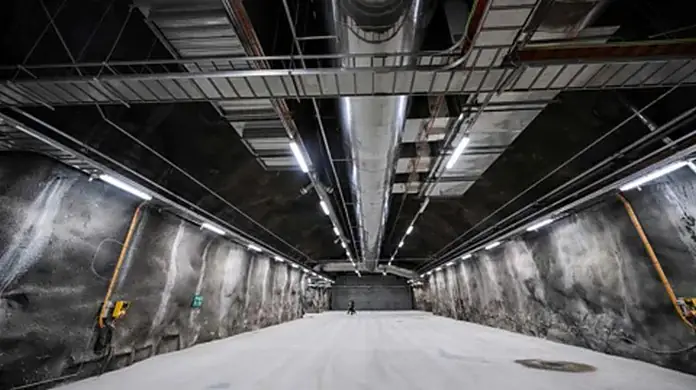
Perhaps the simplest method would be to place the canisters inside darts with pointed nose cones filled with lead and drop them into the deep ocean. They would hit the seabed at high speed and bury themselves deep in the sediment. This method was inadvertently used for the reactors of the American nuclear submarines Scorpion and Thresher, which sank in the 1960s during two separate accidents. The U.S. Navy never made an effort to recover the reactors, as they were impossible to locate, let alone excavate.
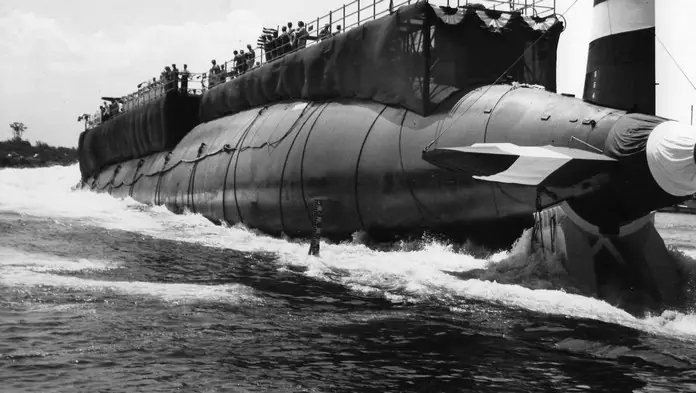
There are several reasons why these and other methods are not used. Some were dismissed for technical reasons, while others were ruled out due to international agreements. However, most of them shared a common drawback: once the waste is buried, it cannot be retrieved. While this is rarely discussed, high-level nuclear waste holds significant value. Not only can it be reprocessed to create new fuel, but it also contains a large number of nuclear isotopes that are in high demand in medicine and industry. As a result, the potential for retrieving this waste in the future is highly desirable.
Storage of spent nuclear fuel in dry casks
After the fuel rods are cooled in the spent fuel pools, they are transferred to storage in dry casks for approximately 10 years. The cooled rods are placed in steel and concrete cylinders, about 5 meters tall, with several internal layers, concentric seals, and dampers. Filled with inert gas, these casks are designed to withstand tornadoes, earthquakes, terrorist attacks, and unauthorized access.
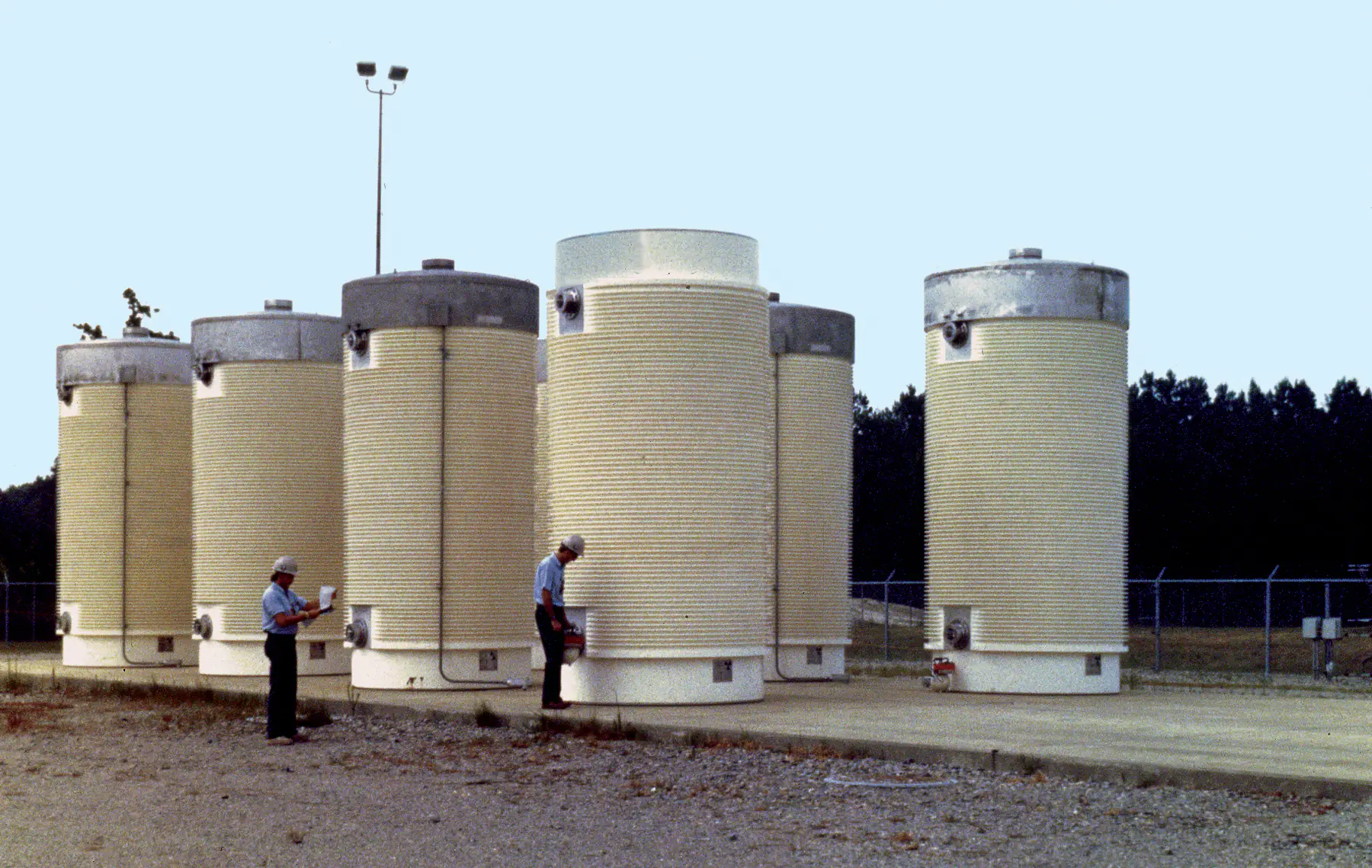
They not only protect against radiation from the outside, but also passively dissipate the heat released from the rods.
Read also: Most Fascinating Robotics Innovations of 2024
Deep geological repository
The next step is either to send the fuel for reprocessing to convert it into new fuel or to store it for the long term in deep underground storage. For storage, the spent fuel is removed from the fuel rods, high-level waste is extracted, and then it is transformed into a dry powder mixed with molten glass. This mixture is then poured into stainless steel containers about 1 meter tall and allowed to cool. The final product is nearly chemically inert, and the radioactive material is dispersed throughout the glass, reducing the amount of radiation emitted.
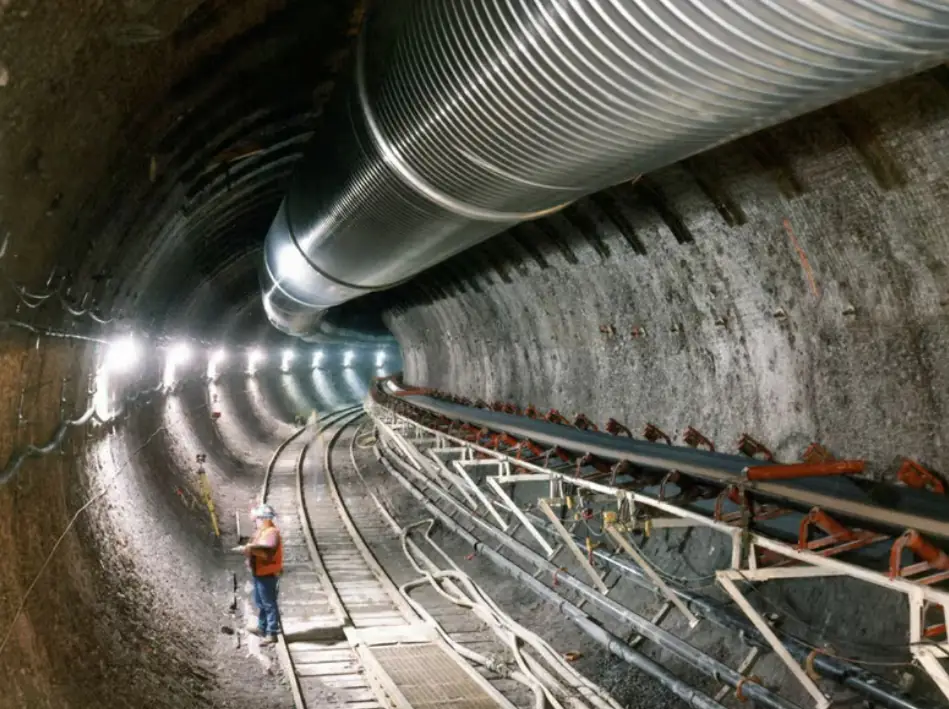
After processing, the barrels of waste are moved to storage facilities built in a geologically stable zone, isolated from the surrounding environment. Although the waste can be retrieved, it is expected that at some point in the future, the storage site will be filled and sealed.
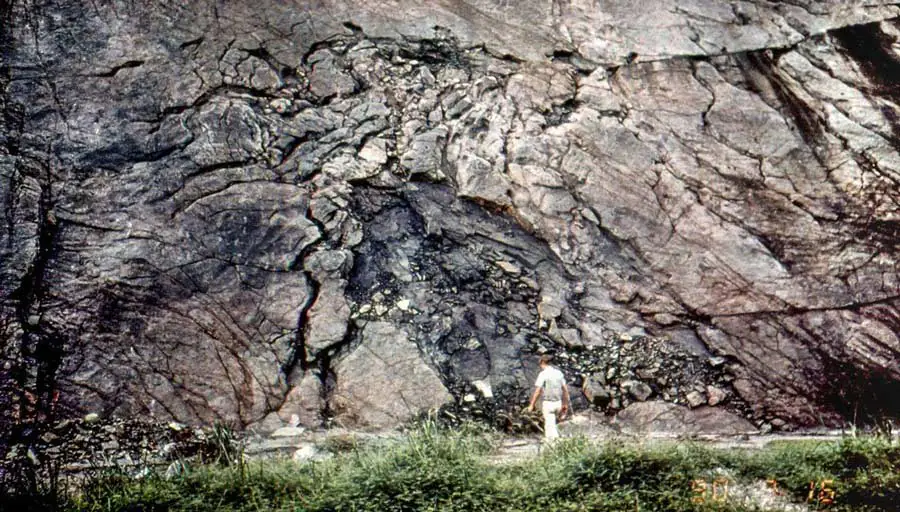
The effectiveness of such a repository is illustrated by the natural nuclear reactor in Gabon, which formed two billion years ago when nuclear ores became unusually concentrated. Despite rainfall and groundwater seepage, nuclear materials from this reactor only migrated through the rock by about 10 meters. Geological repositories of this kind have been approved in many countries, and the United States is already operating one for storing nuclear weapon production waste. Finland is also expected to open a similar facility in the near future.
Future
From a technological standpoint, the issues surrounding the disposal of nuclear waste have largely been addressed. Low-level waste is routinely recycled, and methods for disposing of high-level waste are already in place or awaiting approval. In addition to storing high-level waste, there are other ways to manage it, including new fast neutron reactors and advanced recycling techniques. However, complacency should not set in. Nuclear waste is extremely dangerous, and it should never be taken lightly.
The issue of waste remains one of the biggest obstacles for the nuclear industry, but it is not a technological one. Nor is it an economic one. The nuclear industry is unique in that it must factor in waste disposal into the operating costs of a plant, but experience shows that waste management accounts for only 10% of the total cost of nuclear electricity production.
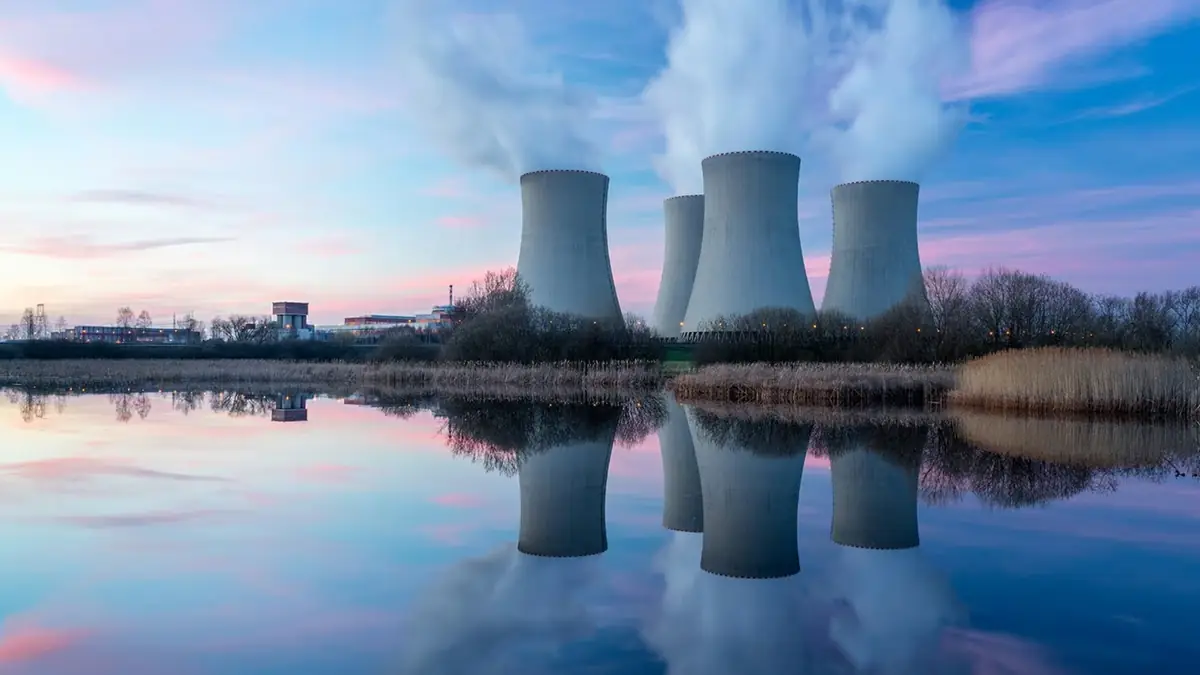
The problem is primarily political. There’s little point in having a successful waste disposal project if no one wants it built in their backyard. There are many reasons for this. For some, it’s a real and concrete environmental concern, driven by events like Chernobyl. Others view nuclear energy as an obstacle to an economy based on renewable energy sources and conscious energy consumption limits. Meanwhile, many people’s reactions to anything nuclear are shaped by Cold War memories and fear of nuclear weapons.
Whether nuclear waste will continue to hinder the development of nuclear energy remains to be seen. However, it is undeniable that, regardless of views on nuclear waste, this is not a theoretical issue that can be used to dismiss an entire energy sector based on first principles. It’s a problem that needs to be addressed. Over the course of 80 years, a significant amount has accumulated worldwide, and we need to find a solution for it.

If you are interested in articles and news about aviation and space technology, we invite you to our new project AERONAUT.media.
Read also:
- Weapons of Ukrainian Victory: MAGURA V5 Maritime Drones
- Evolution of Sniper Rifles: From Early Firearms to the “Horizon’s Lord” + Thoughts from Ukrainian Sniper

